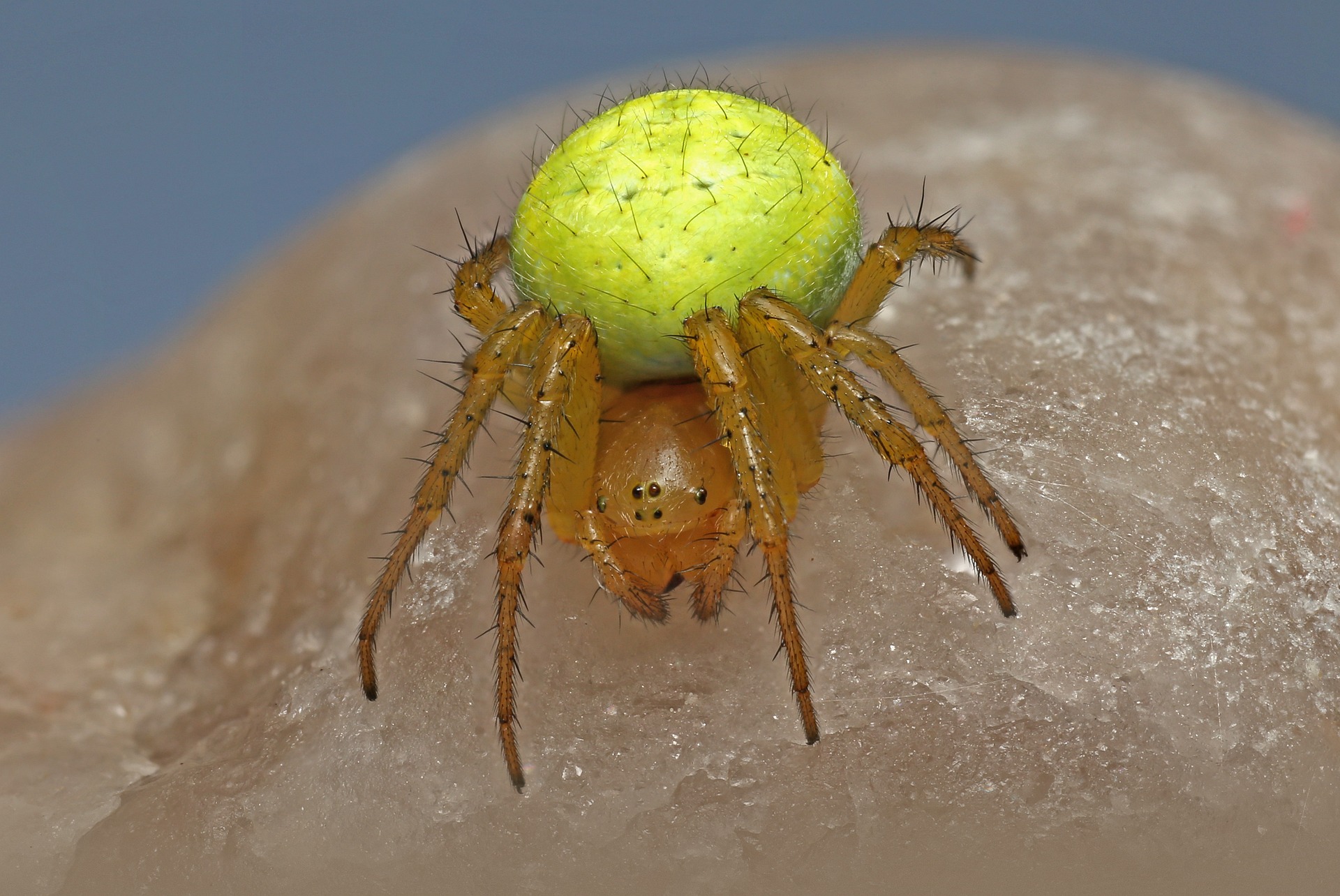Spiders are a diverse group of arachnids belonging to the order Araneae. Here’s an overview of spiders:
- Anatomy: Spiders have two main body segments: the cephalothorax (or prosoma) and the abdomen (or opisthosoma). They have eight legs, which are attached to the cephalothorax. Spiders lack antennae and wings, but many species produce silk from specialized glands located at the rear of their abdomen.
- Habitat: Spiders are found on every continent except Antarctica and inhabit a wide range of ecosystems, including forests, grasslands, deserts, wetlands, and urban areas. They can be found in diverse habitats such as underground burrows, leaf litter, tree bark, and human structures.
- Diet: Most spiders are carnivorous and feed primarily on insects and other small arthropods. They use venom injected through their fangs to immobilize and digest their prey. Some larger spider species are known to prey on vertebrates such as frogs, lizards, and even small birds.
- Silk Production: Spiders are famous for their ability to produce silk, which they use for various purposes such as building webs, constructing egg sacs, lining burrows, and wrapping prey. Silk is produced by specialized abdominal glands called spinnerets, which secrete liquid silk that hardens upon exposure to air.
- Reproduction: Spiders reproduce sexually, with males transferring sperm to females through specialized structures called pedipalps. Females typically lay eggs inside silk egg sacs, which they guard and protect until the spiderlings hatch. Spiderlings undergo several molts before reaching adulthood.
- Ecological Role: Spiders play important ecological roles as predators, helping to control insect populations and maintain ecosystem balance. They are a vital part of food webs and contribute to nutrient cycling in terrestrial ecosystems.
- Venom: While most spiders are venomous to some degree, only a few species pose a significant threat to humans. Venom is primarily used to subdue prey but may also be used for self-defense. Spider venoms contain a complex mixture of toxins that can vary widely between species.
- Conservation: Many spider species face threats from habitat loss, pollution, climate change, and other human activities. Conservation efforts aimed at preserving natural habitats, reducing pesticide use, and raising awareness about the importance of spiders are crucial for their long-term survival.
Overall, spiders are fascinating creatures with diverse adaptations, behaviors, and ecological roles. Despite their often misunderstood reputation, spiders play a vital role in maintaining the health and balance of ecosystems worldwide.
Views: 23
Subscribe to the newsletter:
